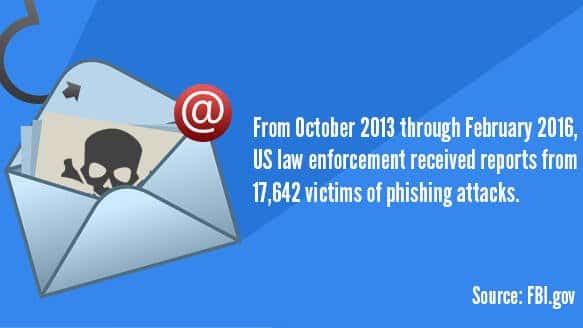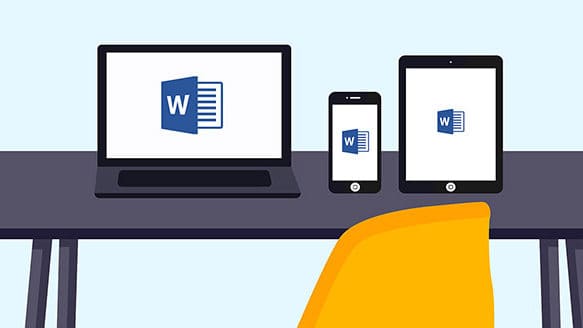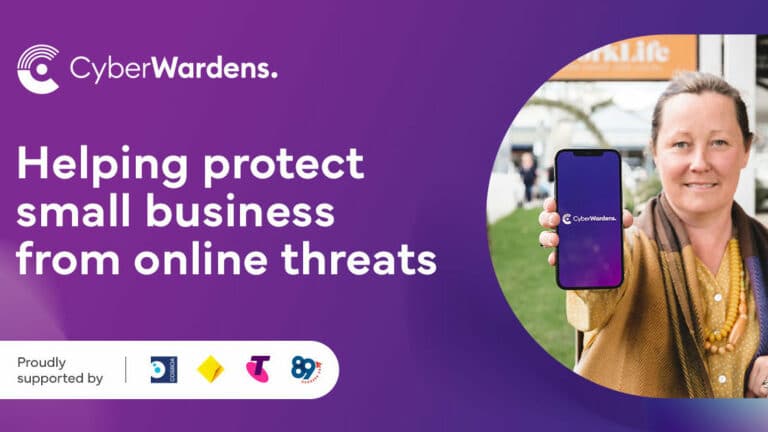From the moment you take the bait in a phishing email, your computer, personal data, accounts and banking info become very vulnerable! Quickly spot the red flags and put phishing emails where they belong – in the trash!
1. Poor spelling and grammar
While occasional typos happen to even the best of us, an email filled with errors is a clear warning sign. Most companies push their campaigns through multiple review stages where errors are blitzed and language is refined. Unlikely errors throughout the entire message indicate that the same level of care was not taken, and therefore the message is likely fraudulent.
2. An offer too good to be true
Free items or a lottery win sure sound great, but when the offer comes out of nowhere and with no catch? There’s definitely cause for concern. Take care not to get carried away and click without investigating deeper.
3. Random sender who knows too much
Phishing has advanced in recent years to include ‘spear phishing’, which is an email or offer designed especially for your business. Culprits take details from your public channels, such as a recent function or award, and then use it against you. The only clues? The sender is unknown – they weren’t at the event or involved in any way. Take a moment to see if their story checks out.
4. The URL or email address is not quite right
One of the most effective techniques used in phishing emails is to use domains which sound almost right. For example, [anz-bank.co.nz] or [microsoft-online.com]
Hover over the link with your mouse and review where it will take you. If it doesn’t look right or is completely different from the link text, send that email to the bin.
5. It asks for personal, financial or business details
Alarm bells should ring when a message contains a request for personal, business or financial information. Most banks and utility providers will actually tell you that they would never ask for your passwords in the email. If you believe there may be a genuine issue, you can initiate a check using established, trusted channels.
While education is the best way to ensure phishing emails are unsuccessful, a robust email service with a reliable spam filter is the best way to drastically reduce the number of phishing emails received.
Are you still stuck with your provider’s email like name@xtra.co.nz or similar? Consider switching to Gmail or Outlook – both provide a much better experience, don’t lock you in to a particular Internet service provider, don’t cost a dime, and offer better spam filtering!







